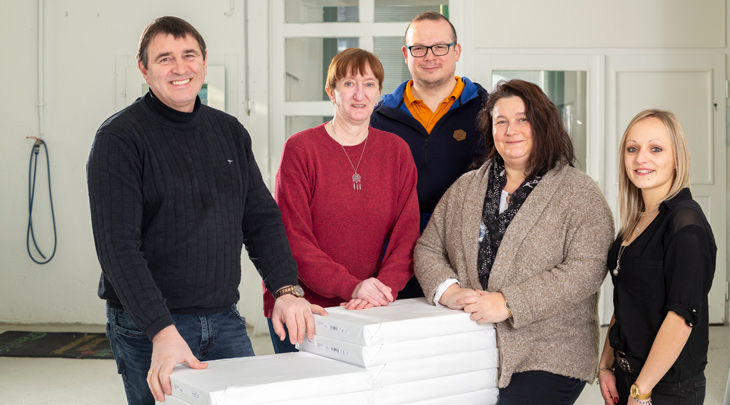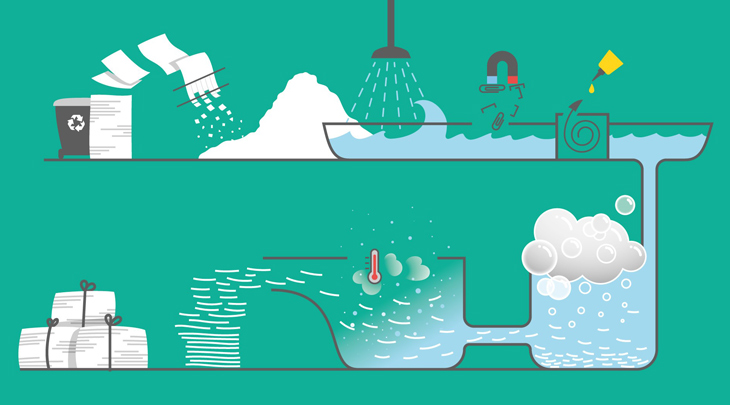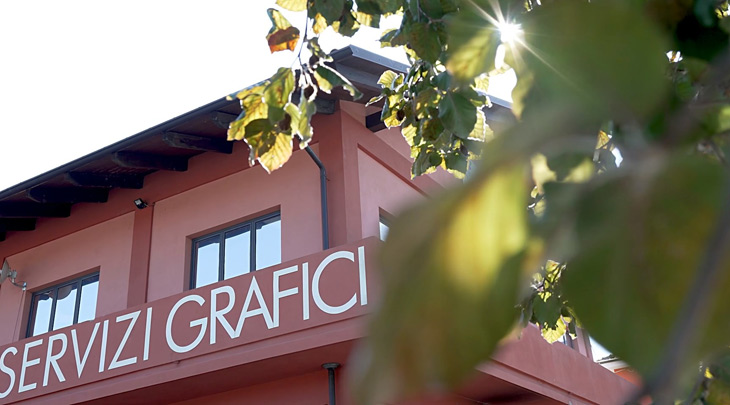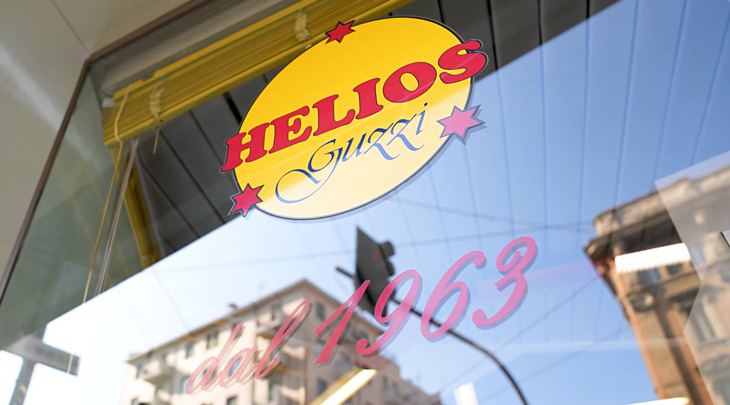We spoke with Stefan Ortner, owner of the GreenPrint Osttirol print shop in Eined near Lienz, Austria. He explains why sustainability is not a new-fangled trend for him, and how a small company has become a model company. As a trained salesman, he got into printing early into his career.

What is green printing?
In an industry that is very dependent on natural resources, it has become more important to focus on achieving sustainability goals. There is more than one way to do this, yet one thing is clear: the entire value chain has to work together towards a common goal.
Many printers value sustainability, such as GreenPrint Osttirol, a small printing company in the Austrian Alps, which has pursued green printing for years.
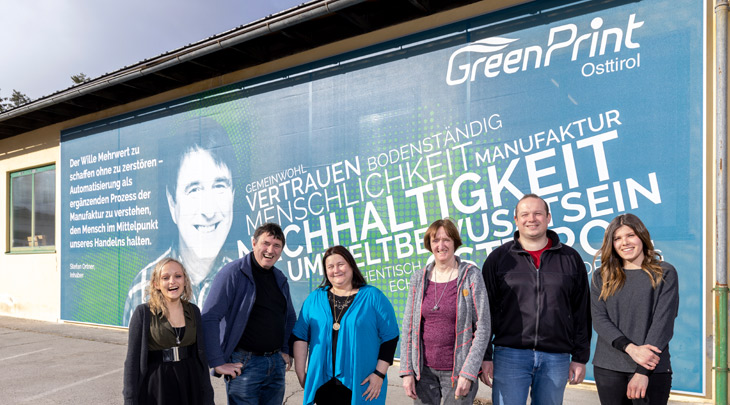
1. What does GreenPrint stand for?
GreenPrint has a holistic view, we look at the big picture. We live in a rural area where we are surrounded by nature and sustainable tourism is very popular. It was important to me to have as little impact as possible on nature with my products, which meant printing as green as possible. Our approach – which is reflected by the ecolabels our company uses and looks up towards – is to consider not only the end product or the manufacturing process, but also to think about where the electricity we use comes from and how our products can be recycled. It is important to me that the entire life cycle is taken into account.
2. Did you change your business in the context of certifications for environmental labels?
Digital laser printing machines are usually already very sustainable devices and the inks are suitable for de-inking. With certifications, one of the most important things is being able to de- ink paper fibres, so they can be recycled, so in this regard we didn't have to change much. We use green electricity from a regional power plant and made operational changes like switching to LED bulbs and converting our vehicles to electric. We see this as a process that needs to be continually improved as new technology becomes available.
3. Another aspect you have addressed is CO₂ neutrality. Just like Mondi, GreenPrint Osttirol work with ClimatePartner to offer climate-neutral printing. Is this an offer widely accepted?
Yes, this is very well-received! We have many clients who ask for it on their own initiative. Most of them also combine this with the Austrian Ecolabel, for example. We do the same for our own products and sponsorships. This is very positively regarded, because the selected projects prevent CO₂ emissions in countries where it makes a real difference. These are mostly projects in third-world countries that support minorities and promote micro-enterprises with the goal of reducing CO₂. This helps us worldwide, because CO₂ emissions are not bound to one country.
4. Exactly, we all have just one atmosphere. What role do the materials you use in green printing play – especially paper?
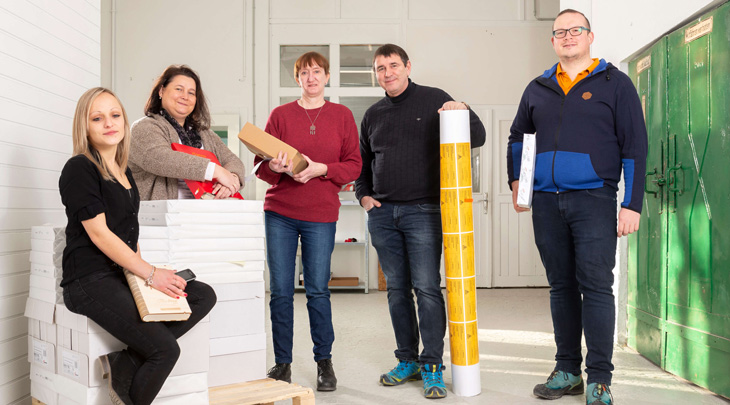
For me, paper is probably the most important part of printing — paper is structure, colour, smell and emotion. Paper plays into all the senses. It emphasises the final product. If I choose the right paper, I can elicit excitement and enthusiasm. If I choose a different paper for the same job, a lesser quality paper, the whole effect fizzles out. That is why paper is one of the most important things for me. I love paper in all forms.
5. We are happy to hear that. What about the sustainability aspect of paper, what do you attach particular importance to here?
When it comes to sustainability, in addition to the recyclability of the final product, haptics are very important to me. A paper for me must have character. Of course, the runnability in the printing press is also important, but the feel and character of the paper are crucial. Almost all the papers we use come from Mondi. We have been long time lovers of Color Copy and, more recently, also of Nautilus. I have had the best experience with Mondi papers and it is great to know that they are sustainably produced and made in Austria — just like our products.
6. That's nice to hear. When it comes to certifications, do you have certain minimum standards? What do your customers demand?
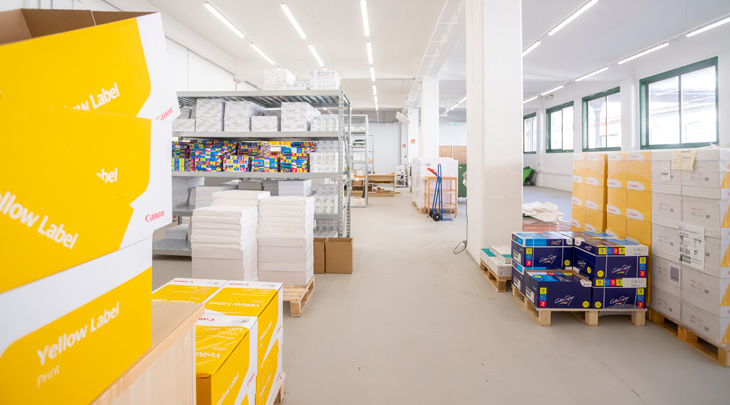
7. I think it's even more special in digital printing. In offset printing, you can see some print shops advertising their strong sustainability profile. I see that less in digital printing. Is this impression correct?
That is correct. When we talk about digital printing, we are mostly talking about large volumes printed on reels. In this environment, sustainable printing has not yet caught on, especially because of the de-inkability. We are a small sheet-fed printing company, so sustainability is very compatible with us. We can easily bring products to market that do not harm the environment.
8. It can be challenging to explain what sustainability means for a concrete project, that there are different approaches, that compromises are sometimes necessary. How do you deal with the challenge of explaining to your customers what sustainability actually means?
To be honest, I don't see this as a big challenge. We make up for a lot with the appropriate selection of materials and processing options. For example, partial varnishing can be replaced with textured paper, and laser engraving or cutting can be used to create the right effect. These are all things that stand out from the ordinary. If I can give the customer a good feeling that they stand out from the crowd and that the overall product is also sustainable, they will say yes, please and thank you. And the next time, the client will ask if we can do something similar again.
9. Looking to the future, we are experiencing turbulent times in the printing industry, how do you see yourself and your company in the coming years?
I think print will regain its value. It will no longer be a disposable product, but rather it will be valuable again to own print. Simple products like folders and flyers will be partially replaced by digital channels. Those considered worthy will stick to print. Paper appeals to all the senses and creates emotions and lasting memories. This is a value that people continue to appreciate. That is why I am optimistic about the future, because this is exactly what we do best.
10. It is also more sustainable to say that we print only what is necessary and of such high quality that people keep it and it does not end up in the rubbish.
